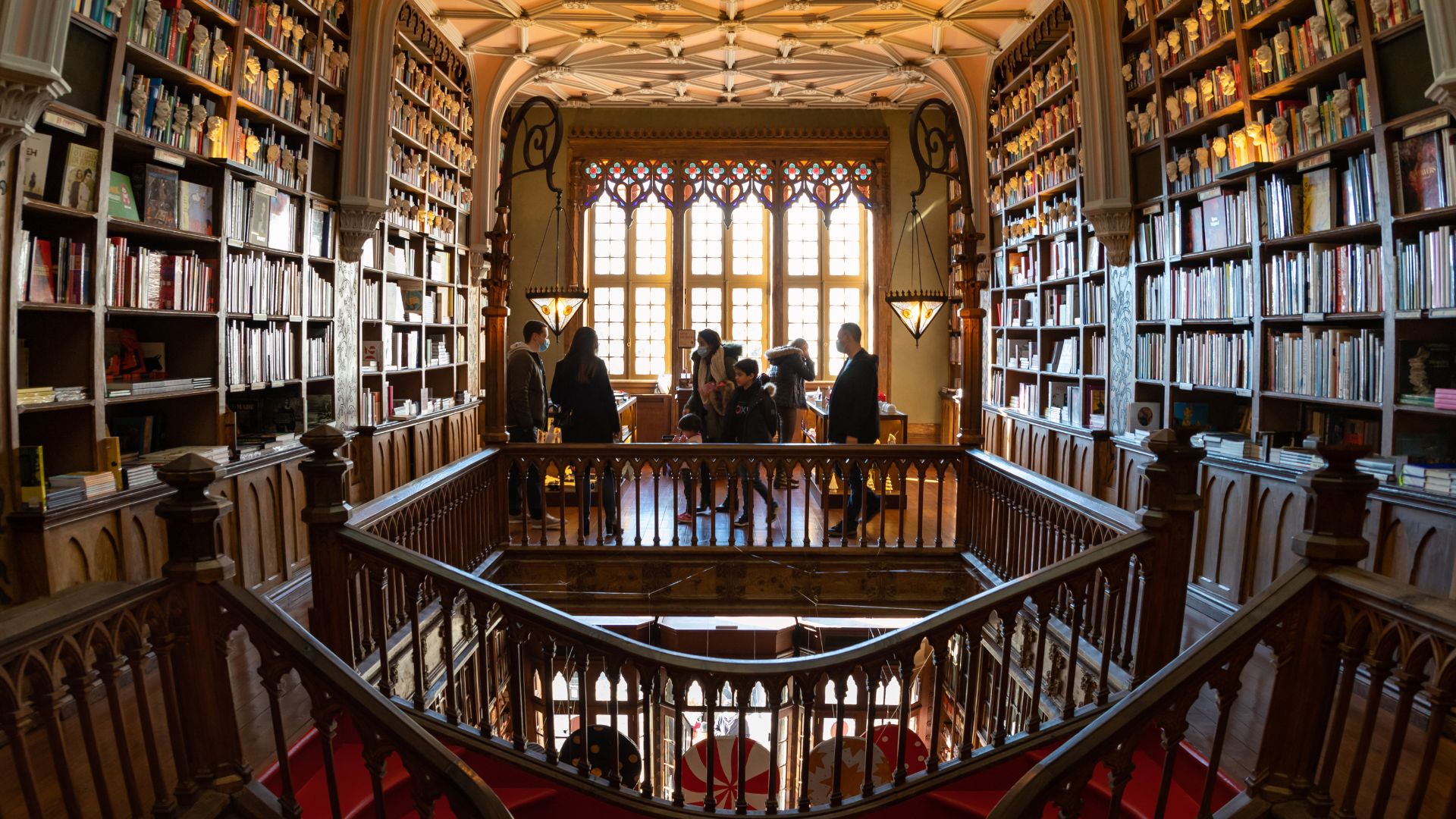Walking across Porto’s Dom Luís I Bridge is something you just have to do if you want to see the city and Vila Nova de Gaia from some honestly breathtaking angles. This double-decker bridge stretches over the Douro River and gives you the best views of Porto’s hillsides and those famous wine cellars on the Gaia side. I found myself gawking at the colorful Ribeira buildings, then suddenly catching the boats gliding under my feet—every few steps, there was something new to notice.
The whole adventure felt like floating above both cities. On one level, I walked with trams and locals heading into Gaia’s heart; on the other, I strolled beside cars, catching those wide-open river vistas. For an even wilder perspective, I hopped on the Gaia cable car and got a sweeping look back at the bridge and Porto’s skyline.
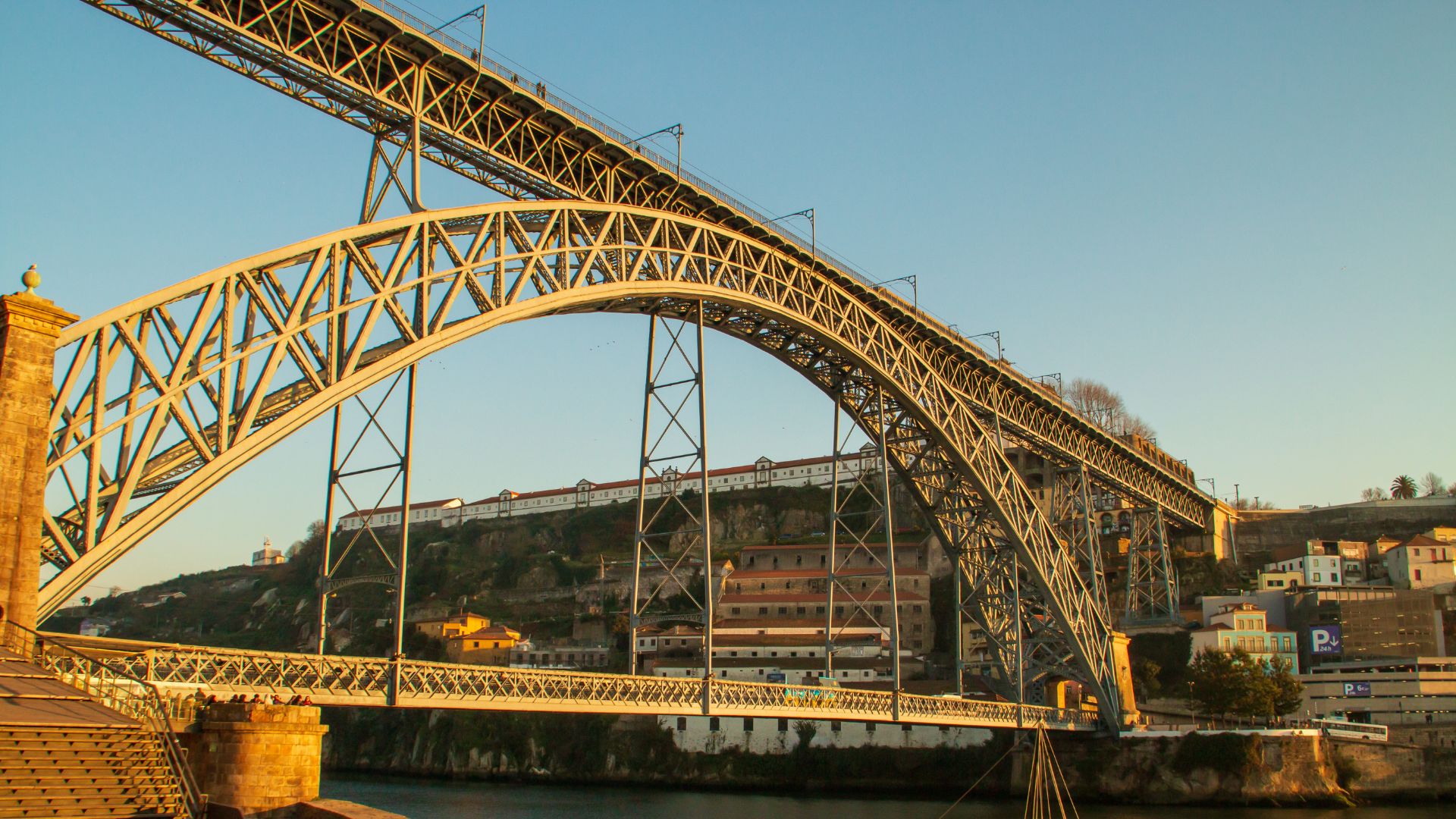
Experiencing the Dom Luís I Bridge: Two Tiers, Endless Wonder
Crossing the Dom Luís I Bridge isn’t just a walk—it’s like slipping between Porto’s buzzing historic centre and the lively streets of Gaia, with the Douro River right at your side. Each level of this metal arch bridge brings a different vibe and its own little adventure.
Choosing Between the Upper and Lower Decks
My first big decision? Which deck to cross. The upper deck sits way up—about 45 meters (148 feet) above the Douro—so you get these jaw-dropping views of Porto’s rooftops, the Ribeira, and Gaia’s hills.
Metro Line D trams glide by up here, and only pedestrians and trams can use it, so it’s quieter and feels a bit magical for photos. The sunset view is unreal, honestly, with the city glowing all gold.
The lower deck hugs the water and buzzes with cars, bikes, and walkers. I loved the energy—locals and tourists mixing on the busy walkway. It’s the place to watch boats glide under the iron arch and really take in the bridge’s sturdy, old-school architecture.
Tip: If you’ve got time, cross one way on the upper deck and come back on the lower. It’s worth it.
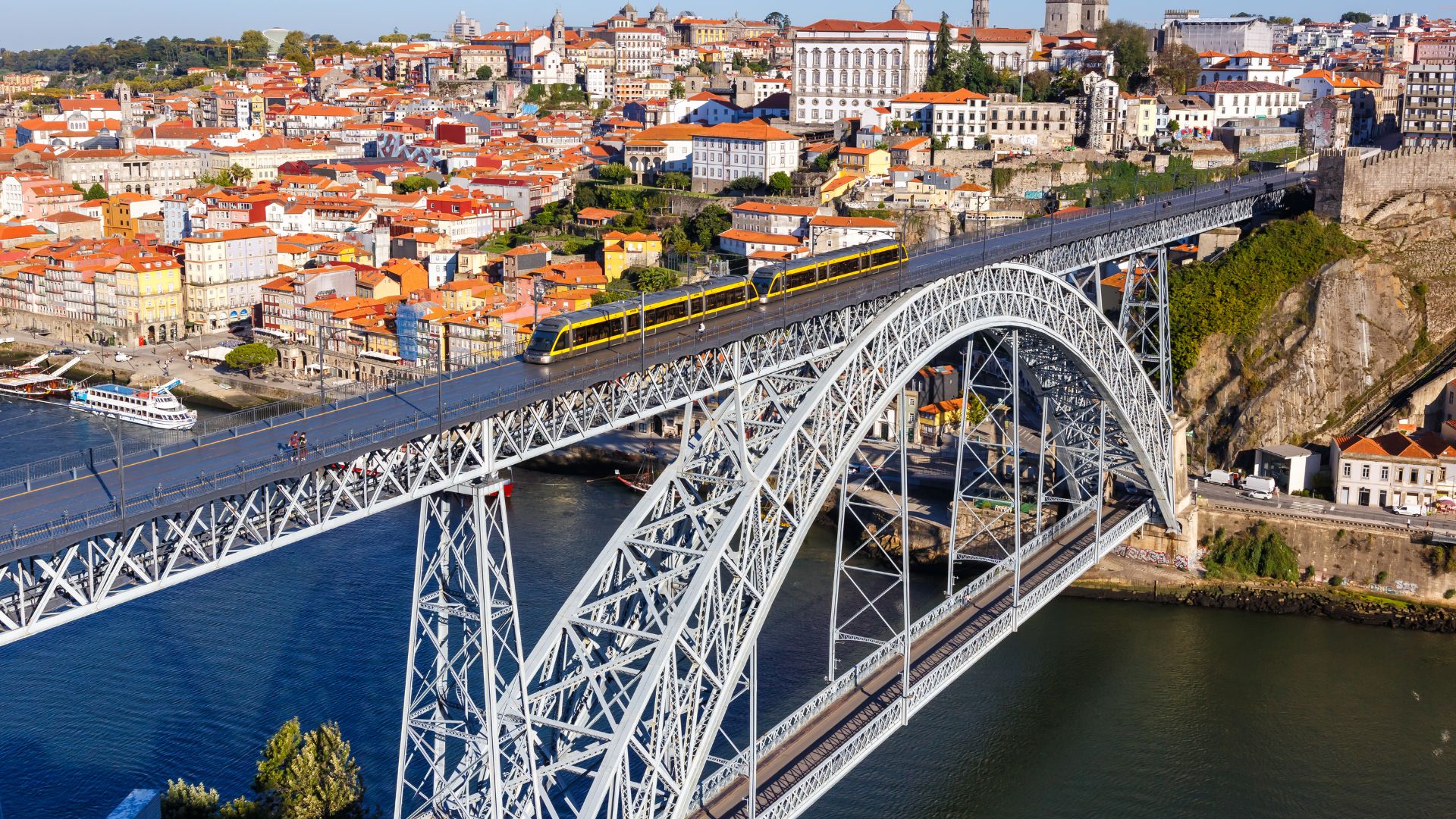
Getting to the Bridge & Practical Tips
Adding Ponte Luís I to my Porto plans was easy since it links the historic centre with Vila Nova de Gaia, where those legendary port wine cellars wait.
Ribeira Square is a solid starting point. On the Gaia side, you can take steps or a quick funicular up to the upper deck. The lower deck is easy to reach from both riverbanks, especially if you’re wandering the riverfront promenades.
Wear comfy shoes—the bridge stretches about 395 meters and there’s a bit of an incline. If you’re visiting in the busy season, try early mornings or late afternoons for fewer crowds.
Quick tip: Watch out for trams on the upper level. There are clear walking paths, but it pays to stay alert.
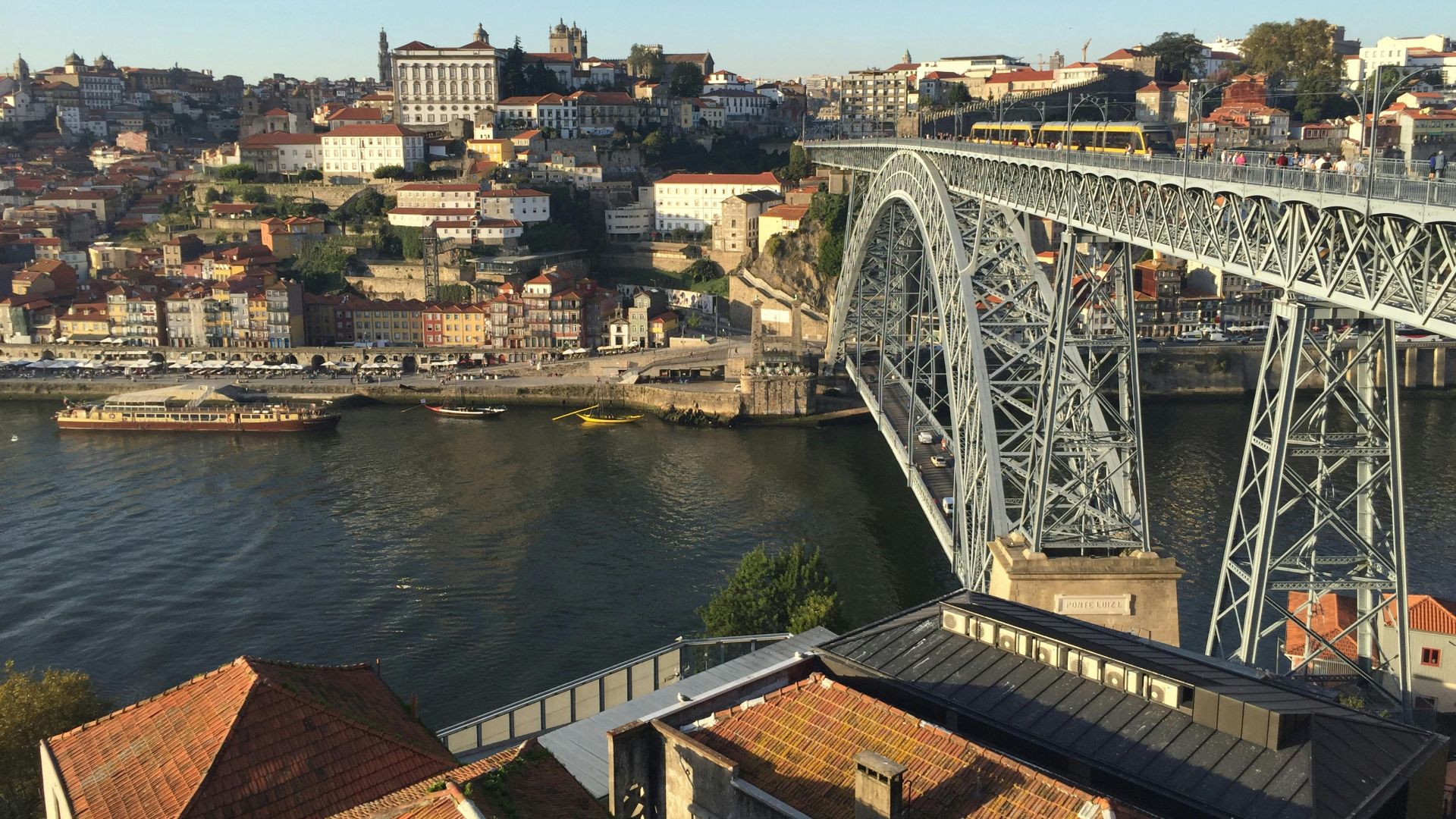
What to Expect on Your Walk
As soon as I stepped onto the bridge, the sweeping steel framework caught my eye. Teófilo Seyrig designed it—a partner of Eiffel—and you can see that influence in every curve.
This place isn’t just a crossing; it’s a symbol of Porto. The higher I walked, the better the views—layers of colorful buildings, river boats, and the buzz of people. The upper deck’s best photo spots are right in the middle, where you can spin around and see both cities.
Guided tours share stories about the bridge’s history and clever metalwork. Even if you skip the tour, you’ll spot cool details everywhere—from the giant arch overhead to the latticework beneath your feet. Locals hurry to work, tourists pause for selfies, and the whole bridge feels alive.
The Porto Side: Discovering the Ribeira District
When I stepped onto the Porto side of the Dom Luís I Bridge, I landed right at the edge of one of Europe’s oldest city centers. Winding streets and quirky architecture made this riverside walk a real highlight.
Cais da Ribeira Ambiance
Cais da Ribeira buzzes with color and activity along the Douro. I was welcomed by rows of pastel townhouses, balconies full of plants, and laundry flapping in the breeze.
Cobblestone lanes led me past tiny cafés and restaurants, with locals and visitors packed onto outdoor terraces, sipping coffee or vinho verde. Street musicians played fado and folk songs, and every corner had something going on—a boat drifting by, an artist sketching, or an old man roasting chestnuts.
Down at the riverfront, I found the perfect place to watch the Rabelo boats bobbing on the water. These boats once carried port wine barrels from the vineyards upstream.
The Ribeira district is a UNESCO World Heritage Site, and you can feel the history in the air. At sunset, the waterfront lights up and the Douro reflects it all in warm, golden tones.
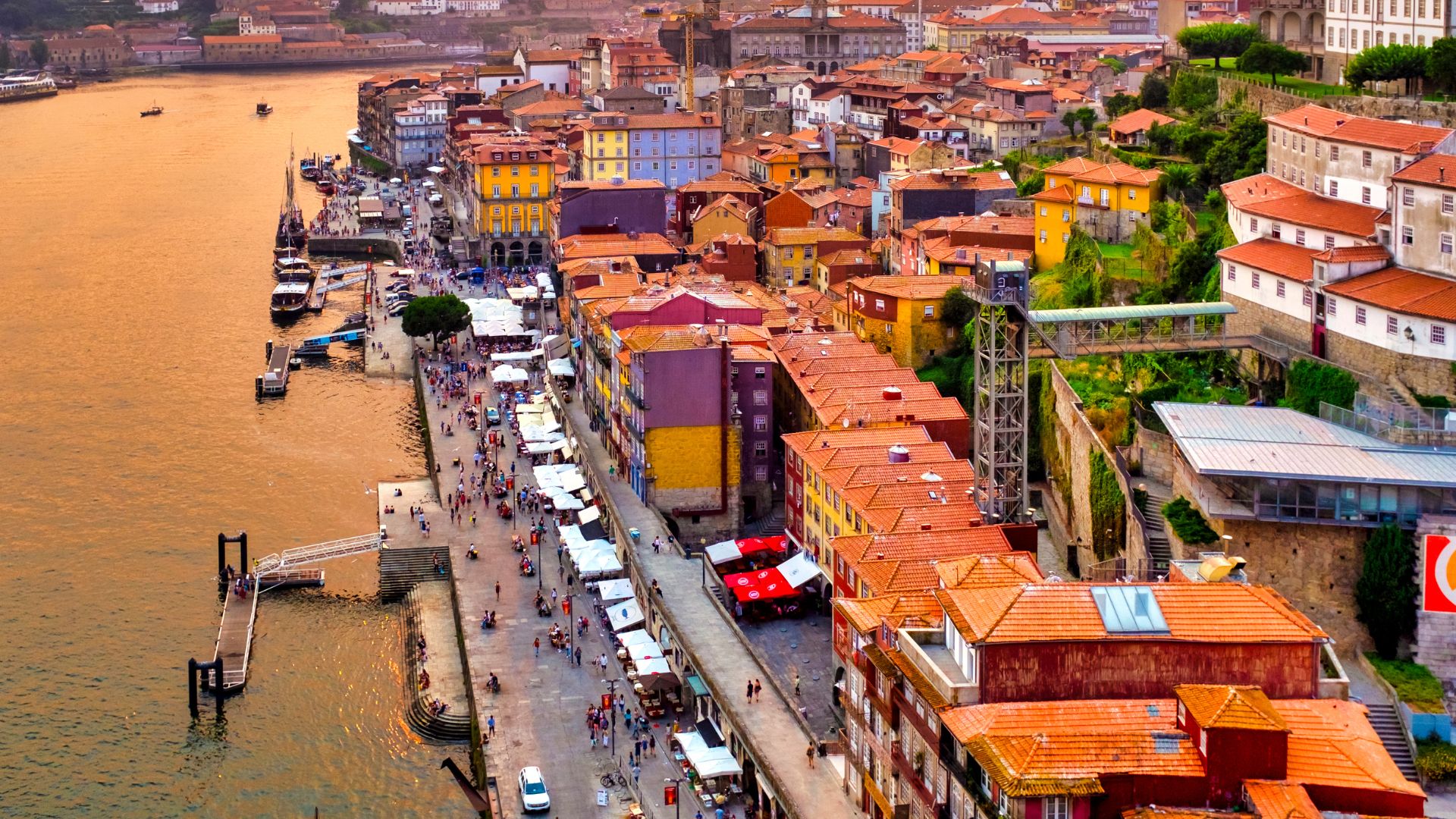
Historic & Architectural Highlights
Porto’s Ribeira district mixes Gothic, Baroque, and Neoclassical styles in the coolest way. I started my walk near the Porto Cathedral (Sé do Porto), which anchors the historic centre. Its fortress-like walls and sweeping views set the mood for the rest of the stroll.
Not far away, the Palácio da Bolsa (Bolsa Palace) stands out with grand facades and ornate interiors. This 19th-century building used to host the city’s stock exchange and now shows off Porto’s commercial past.
Inside, the Sala Árabe blew me away—it’s covered in gold and Moorish-inspired patterns. Another spot I couldn’t skip was São Bento Station, famous for its huge mural of azulejos. Over 20,000 blue-and-white tiles tell stories from Porto’s past.
History felt alive in every stone and tile, from ancient churches to the houses perched above the river. The Ribeira side really shows off the layers of time that shaped Porto.
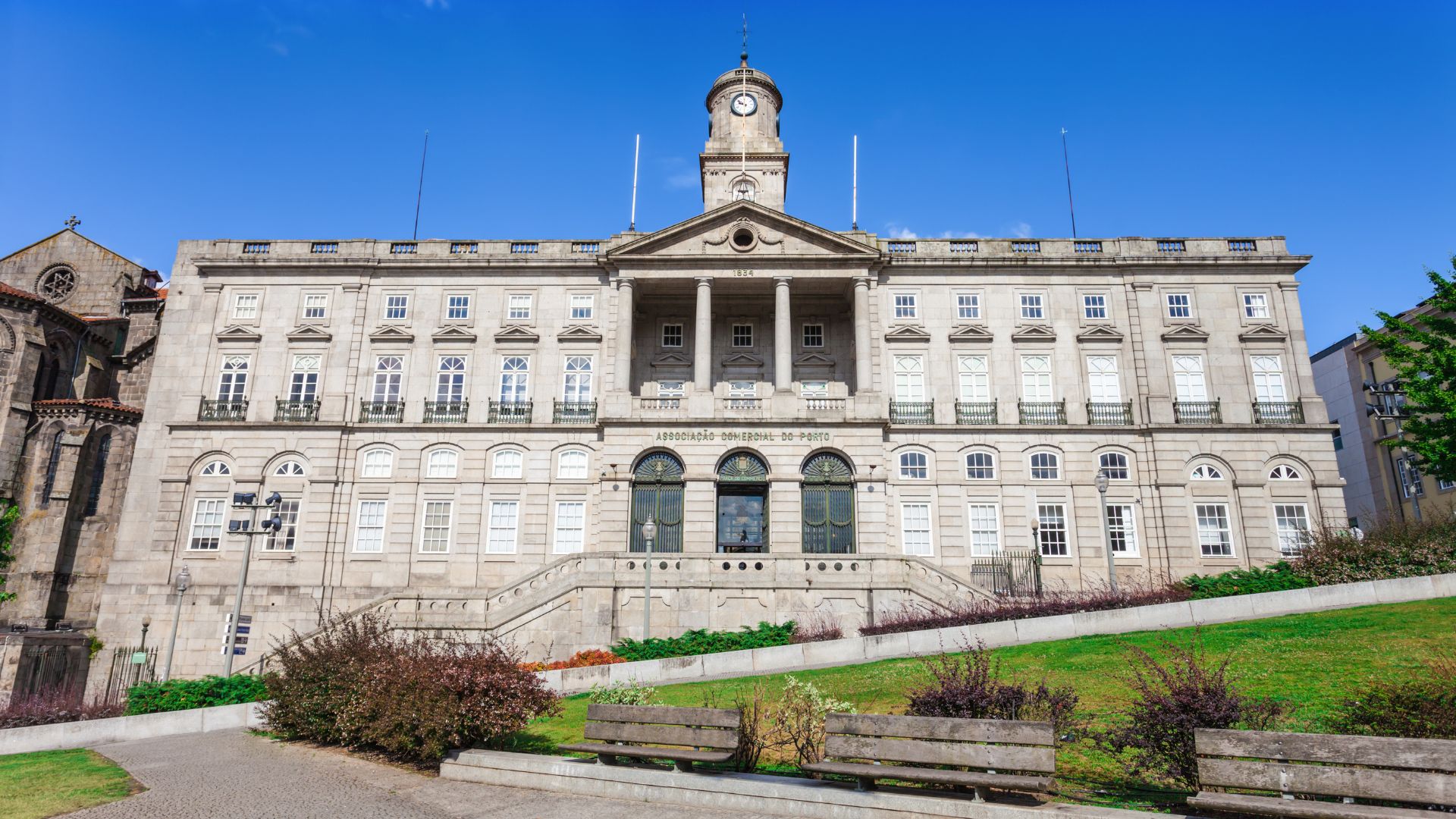
Reaching Vila Nova de Gaia: Port, Panoramas, and Culture
Crossing the Dom Luís I Bridge dropped me right into Gaia’s lively riverfront. Here, port wine cellars, killer views, and fun ways to see the city made every step worthwhile.
Port Wine Cellars & Tasting Experiences
Stepping into Vila Nova de Gaia, the scent of aging port drifted out from the old wine cellars stacked along the Douro. These port lodges aren’t just for show—inside, guides share stories of winemaking and teach you about the Douro Valley’s traditions.
I found names like Sandeman, Graham’s, and Taylor’s, each offering tours that wrap up with tastings. Some cellars had little museum corners with old tools and vintage bottles, and I learned how Gaia’s cool air makes it perfect for aging port.
Tasting sessions ranged from sweet ruby ports to smooth, nutty tawnies. Sitting on a terrace with a glass, looking out at the river, made me feel like I was soaking up the real local culture. Many places served small plates of cheese or chocolate—honestly, it made each sip better.
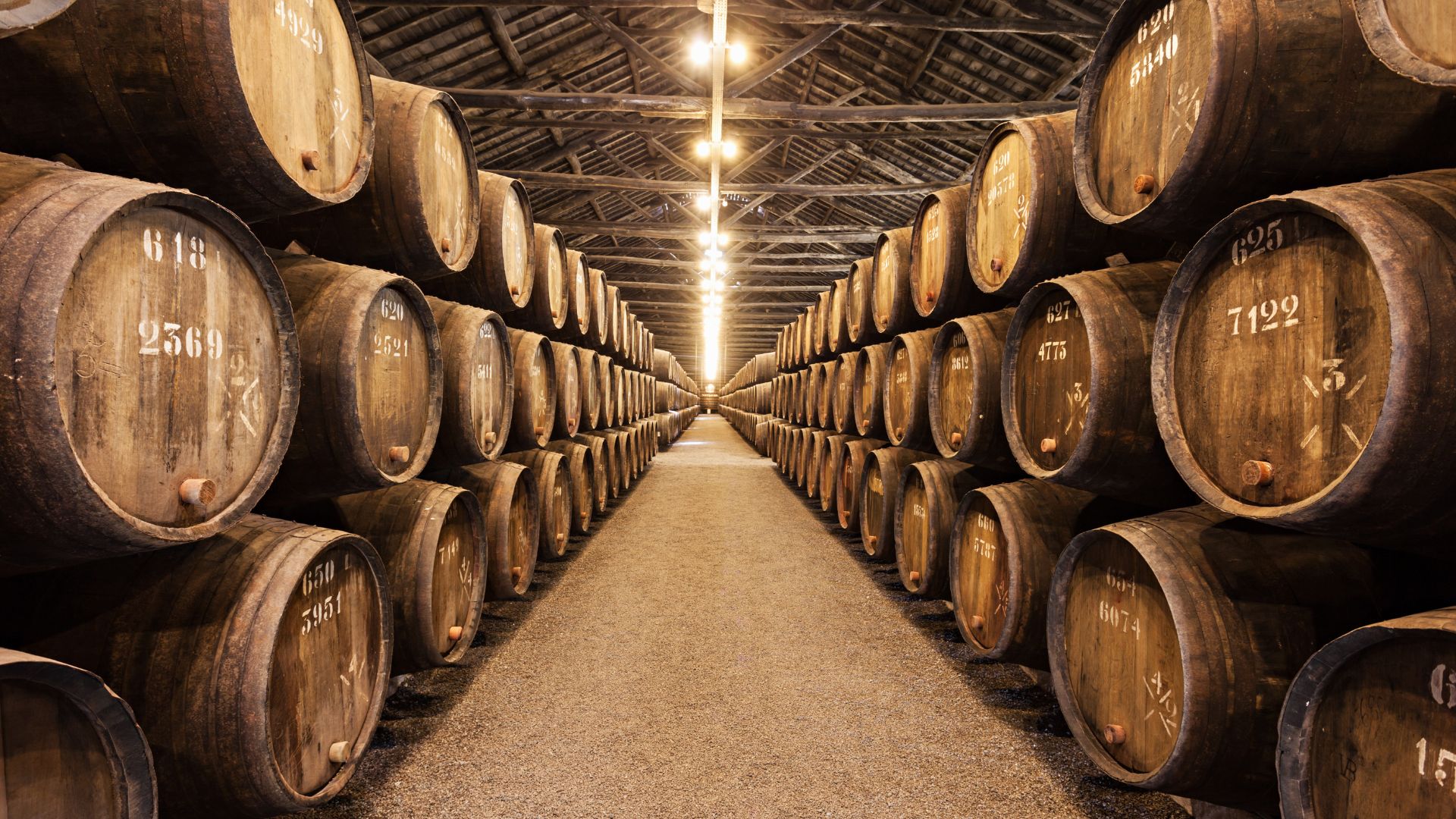
Views of Porto’s Skyline
Gaia’s riverfront gives you one of the best spots to take in Porto’s skyline. From the riverbank, I watched old tiled houses climbing the hill, church towers poking above, and the Dom Luís I Bridge framing the scene.
People stopped every few steps for photos—can you blame them? The walk along the waterfront lets you see everything from the Ribeira district to distant churches.
The views shift all day. In bright sunlight, you see the city walls and buildings in sharp detail. At sunset, gold and pink colors spill across the Douro, and even on cloudy days, the contrast and boat traffic keep things interesting.
Exploring Gaia by Cable Car
One of the coolest surprises in Gaia was the Teleférico de Gaia, the riverside cable car. The ride lifts you above the warehouse rooftops, gliding from Jardim do Morro park down to the Cais de Gaia promenade.
The cable car windows show off Porto’s skyline, with the Douro below and both bridge levels in view. The ride was smooth and quick, and honestly, my legs thanked me after all those hills.
Tickets were pretty affordable, and you get a chance to spot landmarks, gardens, and street art from above. For first-timers, I’d say the cable car is both a handy way to get around and a fun sightseeing trip rolled into one.
A Walk Through History: The Story Behind Dom Luís I Bridge
Standing on the Dom Luís I Bridge, I couldn’t help but get swept up in its story. This isn’t just a way to cross the Douro—it’s packed with innovation, craftsmanship, and real cultural importance for both Porto and Gaia.
Engineering Marvels and Architectural Details
The bridge towers over the river, stretching 395 meters and rising more than 45 meters high. Its double-decker design jumps out at you. The top level carries the metro line D and pedestrians, while the lower level serves cars and foot traffic.
Théophile Seyrig, who worked with Gustave Eiffel, designed it. He brought the same iron mastery seen on the Eiffel Tower to Porto. The iron arch weighs nearly 3,045 tons and was among the world’s largest when it opened in 1886.
Look closely and you’ll spot intricate ironwork and decorative touches straight out of the late 19th century. Granite pillars from the old bridge stand beside the new steel frame, blending history with a modern edge.
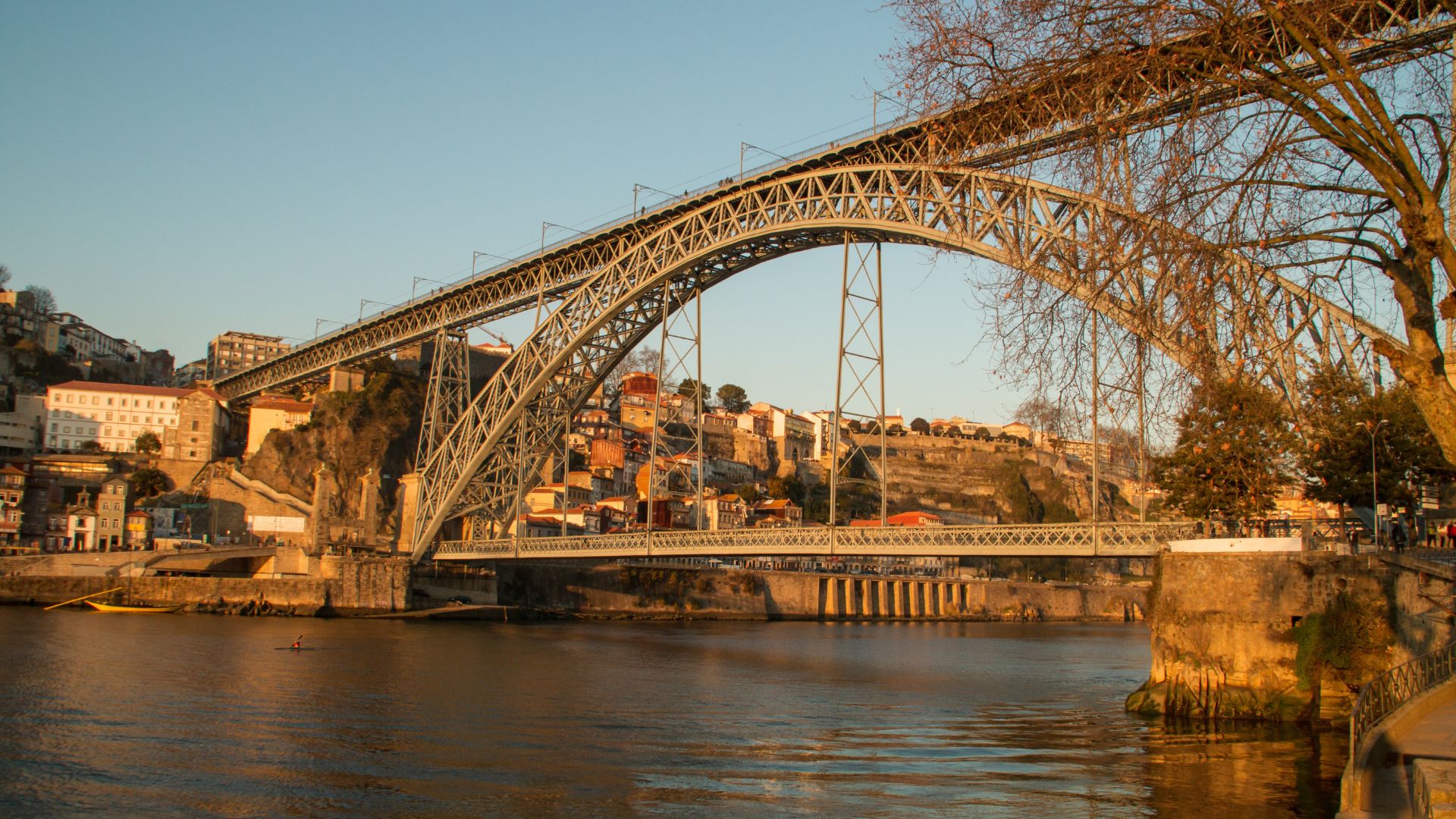
The Bridge in Porto’s Cultural Identity
Crossing this bridge isn’t just a commute—it’s a symbol of Porto. The Dom Luís I Bridge joins Porto’s lively Ribeira with Gaia’s historic wine cellars.
Locals and tourists flock here for those sweeping river views. People call it an icon of Porto’s growth as a city. For many, it represents resilience and pride.
I saw it everywhere—photos, postcards, even city festivals. Walking across, I passed families snapping selfies, artists sketching, and locals just soaking up the breeze. For residents, it’s a go-to spot when they want to reconnect with their city’s roots.
Other Historic Bridges and Landmarks
The Douro has more than just the Dom Luís I Bridge. Just upstream, the graceful Maria Pia Bridge caught my eye—it’s another iron marvel from Eiffel’s company, built in 1877. It used to be the world’s longest single-arch span.
The city honors figures like Henry the Navigator, too, with monuments near the riverside and a statue in Porto. If you feel like exploring, smaller towns like Aveiro—sometimes called the “Venice of Portugal” for its canals—are easy train rides from the city and offer more chances to soak up Portugal’s architectural heritage.
Unforgettable Sunsets and Must-See Sights Nearby
Every walk across the Dom Luís I Bridge feels special, but some moments just hit different. Evening strolls fill your senses with color, sounds, and surprise discoveries on both sides of the Douro.
Sunset Walks Over the Douro River
Watching the sunset from the upper level of the Dom Luís I Bridge is honestly breathtaking. As the sun dips behind Porto’s red rooftops and medieval core, orange and pink streaks set the sky on fire.
The Douro River below turns mirror-like, blending city and sky together. Locals and visitors gather on the bridge every evening, snapping photos or just pausing to soak it all in.
I found the best views from the middle section, where you can see both Porto’s cathedral and the pretty facades in Vila Nova de Gaia. It can get crowded at sunset, so I tried to arrive a bit early to snag a good spot.
Standing there, with the occasional tram rumbling behind me and the city humming all around, I felt like I was getting a real taste of Porto.
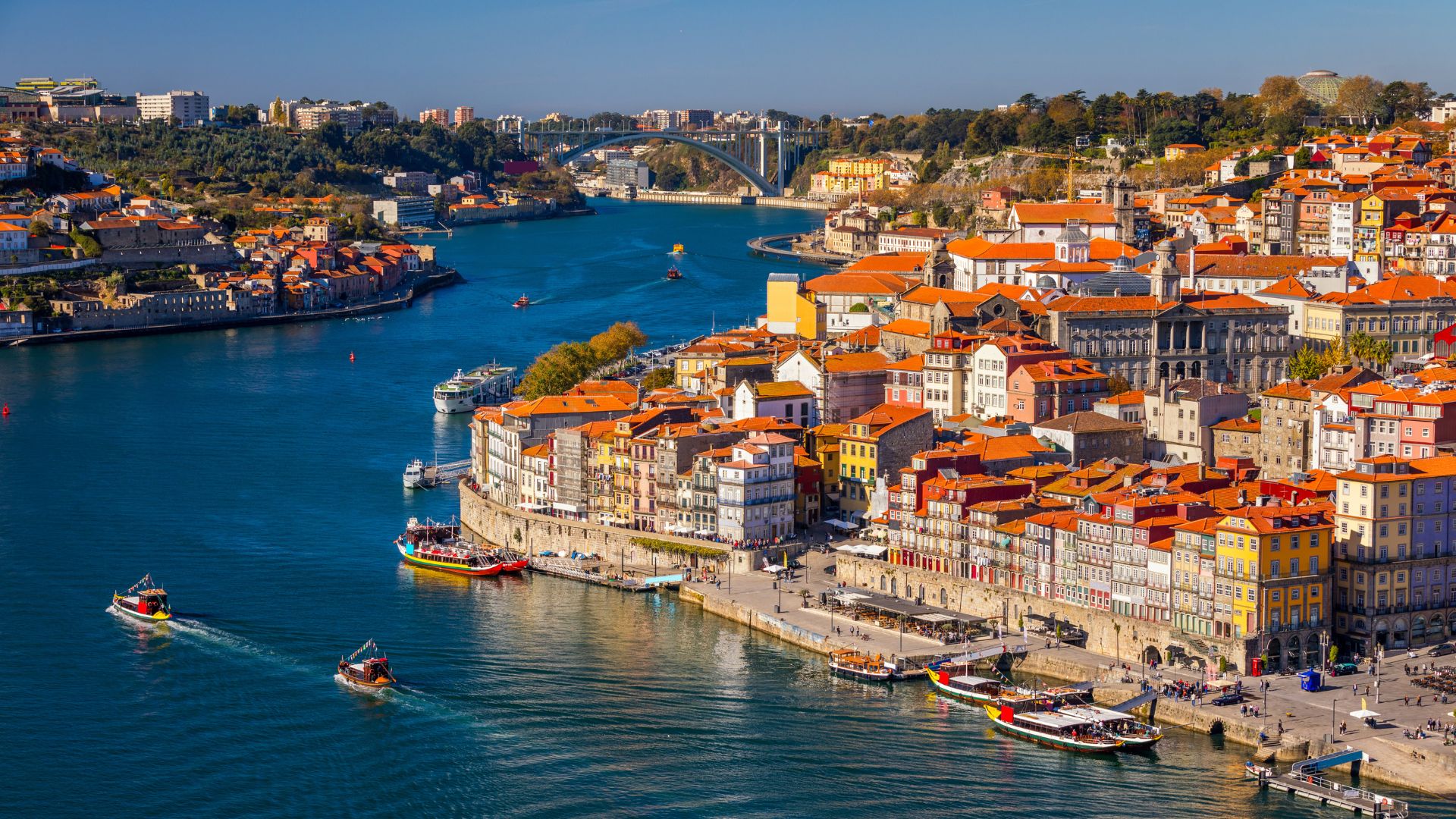
Hidden Gems and Local Favorites
The area around the bridge holds plenty of hidden surprises. Just a few steps from the Porto side, I wandered up to the Clérigos Tower.
Climbing those narrow steps gave me another sweeping view. Honestly, the city felt even closer and more alive from up there.
Nearby, you’ll find the famous Livraria Lello bookstore tucked away. Its carved wooden shelves and magical staircase pulled me in, and I couldn’t help but browse through the books.
I soaked in that historic setting and started to see why so many writers and artists keep coming back. There’s something about the place that just sticks with you.
When I needed a break, I grabbed coffee at Café Majestic. Ornate mirrors surrounded me, soft piano music floated through the air, and I felt like I’d stepped into another era.
Sometimes, I’d grab a quick snack at Mercado do Bolhão. Tasting cured meats while watching locals barter made the city feel even more real.
If you’re lucky, you might pass by the blue-tiled Chapel of Souls. Maybe you’ll catch live fado music drifting from a side street—reminders that Porto always hides a few surprises just around the corner.
